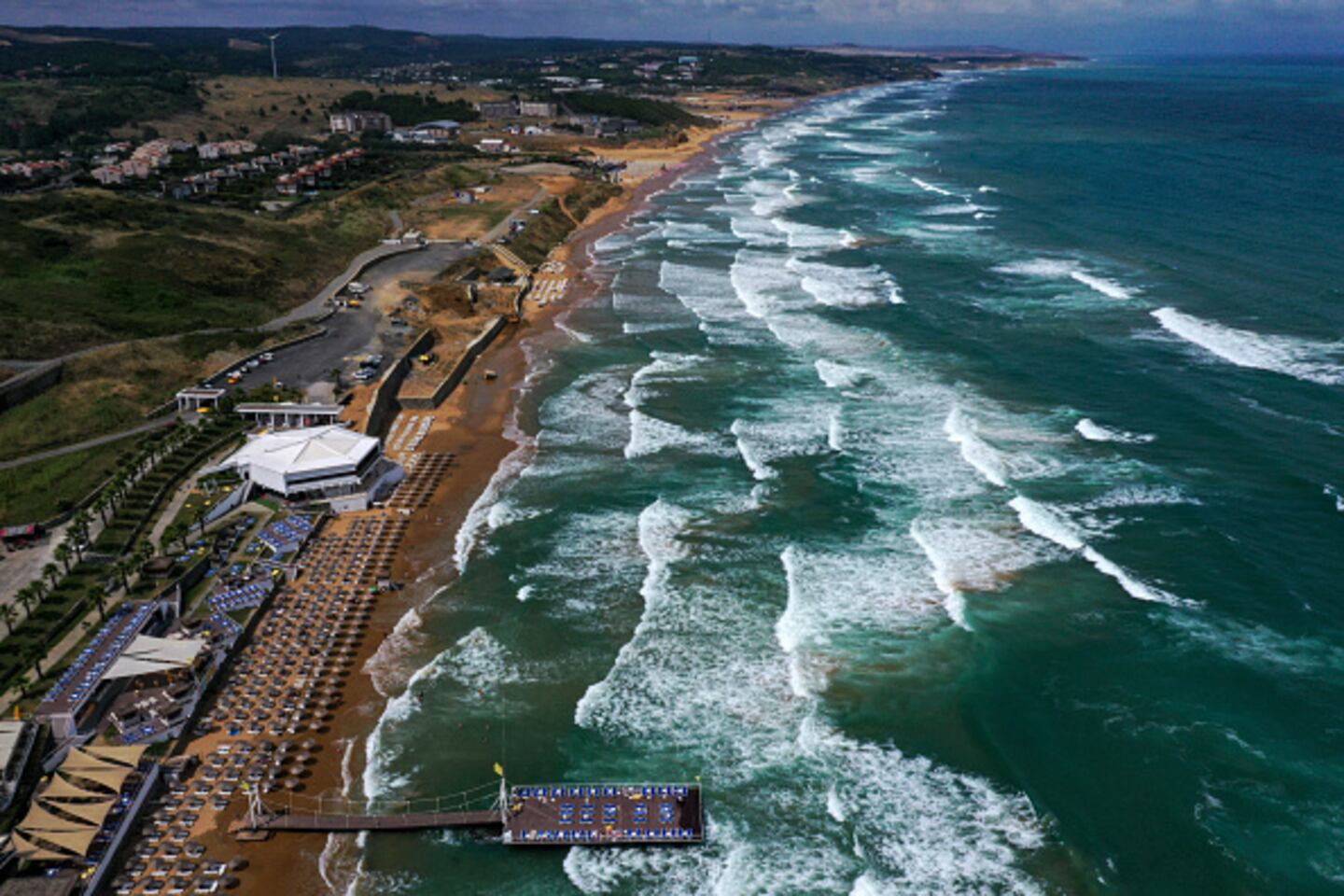Former NFL quarterback Ryan Mallett died Tuesday in an apparent drowning off a beach in the Florida Panhandle.
Update:
Update 12:59 p.m. EDT June 29: There were no rip currents near Destin where former NFL quarterback Ryan Mallett drowned Tuesday afternoon, according to a statement from Destin Beach Safety, which oversees lifeguarding operations in the area.
Original story:
According to the Okaloosa County Sheriff’s Office in Florida, Mallett drowned in the waters near Destin on Tuesday, apparently when he and several others were caught in a rip current.
What is a rip current, can you spot one and how can you get out of it? Here’s what we know now:
What is a rip current?
Rip currents are channeled currents of water that flow away from shore. Generally, they begin close to the shoreline and extend past the breaking waves.
Why do rip currents form?
Rip currents form when waves break near the shoreline, piling up water between the breaking waves and the beach. This water moves back offshore by forming a rip current, “or a narrow stream of water moving swiftly away from shore, often perpendicular to the shoreline,” according to the National Oceanic and Atmospheric Administration.
How big are rip currents?
Rip currents can be as narrow as 10 or 20 feet in width, though they may be up to ten times wider. The length of a rip current also varies. Rip currents begin to slow down as they move offshore, beyond the breaking waves, but sometimes extend for hundreds of feet beyond the surf zone.
Do rip currents move quickly?
They can, and when they do they are more dangerous. Some rip currents can exceed 5 mph.
Are rip currents big?
Again, they can be, though most are 10 to 20 feet wide. They can extend for hundreds of feet offshore.
Are they common?
Yes, they happen most days at beaches, but they are usually so slow they do not pose a risk to swimmers.
Can you spot a rip current from shore?
It is difficult to spot a rip current from the shoreline. According to NOAA, rip currents typically form at low spots or breaks in sandbars, and also near structures such as groins, jetties and piers.
However, there are a few clues to look for from the shore. If you see these elements in the water, don’t go in, The Sydney Morning Herald warns.
- Deeper, darker-colored water.
- Fewer breaking waves.
- A rippled surface surrounded by still water.
- Churning seaweed and sediment and clouds of sand floating toward the back of the waves.
If you can find some higher ground, you may be better able to see signs in the water that could indicate a rip current.
More importantly, listen to warnings of rough surf, pay attention to warning flags and signs at beaches and do what lifeguards tell you to when it comes to getting into the water.
What do you do if you’re caught in a rip current?
While many think a rip current pulls a swimmer under, that is not the case. The current pulls a person out and away from shore.
That can be terrifying, but lifesavers want swimmers to know the best defense against a rip current — other than avoiding them — is to remain calm when you get caught up in one.
The current will take you from shore, but it doesn’t last forever and if you panic and try to fight it you will become fatigued and your chance of drowning goes way up.
It is important that you don’t try to swim against the rip — in other words, don’t fight to swim toward the beach through the same area you were taken out by the rip current.
Remember that the rip current is a channel of water that eventually ends. Instead of swimming against it, float on your back. While you are floating, raise your arms and yell for help.
If you are a confident swimmer, you could try to swim parallel to the shore toward breaking waves. You may be able to get out of the current — remember it is usually 10 to 20 feet wide — and the waves will help push you toward shore.
Click here for a video explaining more about rip currents.
.







